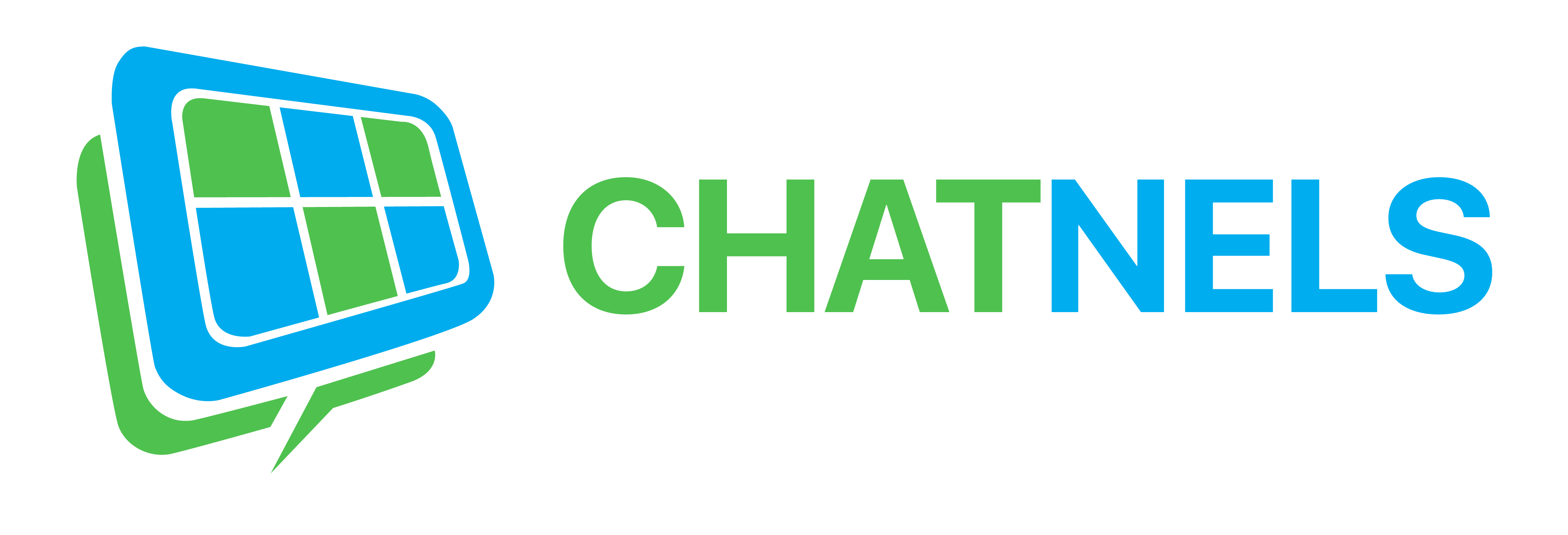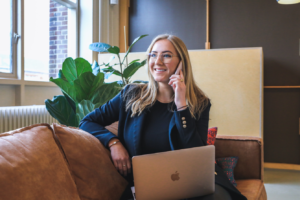Know Your Audience
If you don’t know who your audience is, you can’t give them what they want. Let’s take a look at the audience demographics of the 4 biggest social media platforms:
1. Facebook:
Facebook is all about connection, as 88% of users are on the platform to stay in contact with friends and family. This platform is great for most B2C and B2B businesses to establish a basic online presence. The largest age groups of Facebook users are 18-29 and 30-49 year olds at almost 80% each.
2. Instagram:
Instagram is all about the visuals. This is a great platform for any B2C business that want to showcase their products such as retail, beauty and fashion. It’s also great for e-commerce. The largest age group of Instagram users are 13-17 year olds at 74%.
3. Twitter:
Twitter’s is political, and popular for news and customer service. This platform is great for businesses that want to stay timely and topical like big enterprises. The largest age group of Twitter users are 18 – 29 year olds at 38%.
4. LinkedIn:
LinkedIn is professional career focused, with the vast majority of LinkedIn users having a college degree or higher and reporting an income over $75,000. This platform is great for B2B businesses. The largest age group of LinkedIn users are 30 – 49 year olds at 37%.
Pick Your Platforms Wisely
With so many social media platforms out there, not all of them are right for your business. Go back to the demographics of the platforms and see which ones your target audience are on.
Have A Strategy
There are lots of free templates out there that can help you plan your social media strategy, such as Hootsuite for example. Set your business objective.
Is it to grow your brand? Drive sales? Or improve customer retention?
Each objective will have its own social media goal. It’s helpful to think of your customer journey like a funnel.
First there’s awareness. Consumers have their first touch points with your brand – they realize you exist.
Then comes engagement. Consumers have visited your website or social media platforms and interacted with your pages in some way.
Next is what we’ve been working towards, the action stage or conversion. The consumer completes the desired action, which is typically the purchase of your product/service.
But the funnel doesn’t stop there. You want to ensure your new customers remain loyal to your brand and can act as advocates to help other consumers down the funnel.
Track Your KPIs
KPI stands for key performance indicators. You’ve set up your strategy, now you need to track different metrics in order to evaluate the results. That way you can deduce if your strategy is effective, or whether you need to make some adjustments. Metrics are different for the different consumer funnel stages.
- Awareness = number of followers, number of shares, number of visits to your website.
- Engagement = comments on your posts, number of likes and/or mentions.
- Action = email signups, number of subscribers, e-commerce purchases.
- Loyalty and Advocacy = customer testimonials and reviews, social media sentiment.
Consistent Tone and Voice
Maintain a consistent brand identity on social media by having the same tone and voice across your platforms. Ensure your posts have strong Calls To Action (CTAs) so that the readers know how to engage with your brand.
Example CTAs are: Buy Now, Sign Up Here, Subscribe Today, Use App.
A/B Testing
One of the fun parts of marketing, at least i think so, is that you essentially get to run lots of mini experiments. Everything can be tested – from the messaging copy, the images or graphics in your content, time of day you post, etc. If you remember from grade school science class, for a proper experiment you need a control group, an independent variable (the one being controlled or changed) and a dependent variable (the one being tested and measured).
Separate your audience into two random groups based on their physical or psychographic demographics. Edit your message so there is a variation to each group. Run your campaign for a few weeks and compare the responses to your chosen KPIs. Be careful to only change one variable at a time, otherwise you won’t know which change produced the results.
For Chatnels as we are primarily a B2B business, our social media strategy is focused on LinkedIn. We use this platform to connect and collaborate with businesses of all sizes, across many industries. If you’d like to connect with us please send us a chat.



